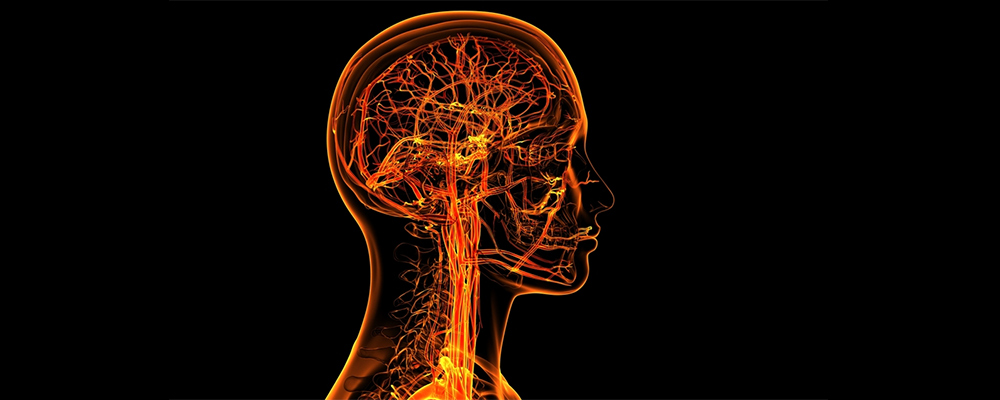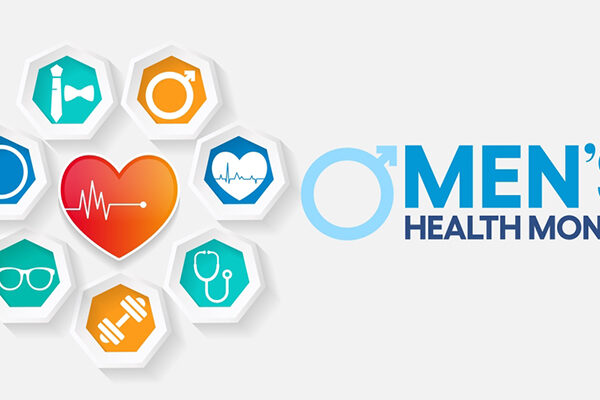Updated on September 7, 2023
Introduction
Strokes are the second leading cause of morbidity and mortality worldwide in neurological disorders. Among the various types of strokes, embolic strokes, cerebral thrombosis, and cerebral embolism are major contributors, which are frequently exacerbated by underlying conditions like hypertension.
This article delves into the complexities of cerebral embolism and cerebral thrombosis hypertension, highlighting their distinguishing features, the critical role of hypertension, and management measures.
Also, read: Permissive Hypertension – Guide to Ischemic Stroke Recovery
Cerebral Thrombosis and Cerebral Embolism: What You Need to Know
Cerebral Thrombosis:
Cerebral thrombosis is a type of ischemic stroke caused by the gradual formation of a blood clot (thrombus) within an artery supplying the brain. This clot typically forms within a blood vessel that has already been narrowed due to atherosclerosis, a condition characterized by the accumulation of fatty deposits on the artery walls.
Clot formation reduces blood flow to the brain, resulting in ischemia (lack of oxygen) and subsequent brain tissue damage. Hypertension, or high blood pressure, contributes to the weakening and narrowing of arterial walls, which contributes to the development of cerebral thrombosis.
Cerebral Embolism:
Cerebral embolism, on the other hand, is a type of ischemic stroke with a distinct onset mechanism. A blood clot, fatty deposit, or other debris forms in another part of the body—usually the heart or larger arteries—and travels through the bloodstream until it becomes lodged in a narrower cerebral artery.
This causes ischemia and subsequent tissue damage by obstructing blood flow to the brain. These emboli could come from a variety of sources, including atherosclerotic plaques in the heart, clots forming within deep veins (deep vein thrombosis), and even air bubbles.
Hypertension: Link with Cerebral Thrombosis and Cerebral Embolism
Hypertension, also known as high blood pressure, is a condition in which the force of blood against the arterial walls is consistently too strong. This increased pressure can harm the delicate inner lining of blood vessels, making them more prone to plaque buildup and clot formation. The risk of clot formation within the vessels increases as arteries narrow due to plaque buildup, predisposing individuals to cerebral thrombosis.
Furthermore, hypertension can play a role in the development of cerebral embolism. Increased blood pressure in people with uncontrolled hypertension can cause enlargement of the heart chambers, particularly the atria. This enlargement can result in turbulent blood flow and stagnant areas within the heart, which increases the risk of blood clot formation. These clots may then become dislodged and travel to the brain, resulting in a cerebral embolism.
Hypertension has long been recognized as a risk factor for both cerebral thrombosis and cerebral embolism. Its impact on these stroke types is more pronounced in thrombotic strokes due to its direct influence on atherosclerosis and clot formation within the cerebral arteries.
Cerebral Thrombosis and Hypertension
High blood pressure puts strain on the arterial walls, causing endothelial dysfunction (damage to the inner lining of blood vessels). This damage allows cholesterol and other substances to accumulate, promoting the formation of atherosclerotic plaques. As these plaques grow, they narrow the arterial lumen and obstruct blood flow. If a clot forms within these narrowed arteries, it worsens the blockage and causes an ischemic stroke or Heart Failure.
Hypertension not only hastens atherosclerosis, but it also increases the risk of blood clot formation within the arteries, increasing the risk of cerebral thrombosis.
Cerebral Embolism and Hypertension
Although hypertension is not as directly linked to the development of emboli as atherosclerosis, its impact on overall cardiovascular health should not be overlooked. Hypertension puts strain on the heart, increasing the risk of atrial fibrillation, a condition in which the upper chambers of the heart quiver instead of beating normally.
Atrial fibrillation can cause blood clots to form within the heart, especially in the left atrial appendage. These clots can then become dislodged and travel to the brain, where they can cause embolic strokes. As a result, hypertension contributes to cerebral embolism indirectly by increasing the likelihood of conditions that cause emboli.
Differentiating between thrombotic and embolic strokes is necessary for effective treatment and management. While both share the commonality of being ischemic strokes, their underlying mechanisms and clinical implications differ significantly.
Onset and Progression
Thrombotic strokes typically have a more gradual onset. The blood clot forms within a cerebral artery over time, often as a consequence of atherosclerosis. Symptoms may develop gradually, allowing for potential recognition and intervention before the stroke reaches its full impact.
Embolic strokes, on the other hand, have a more abrupt and unpredictable onset. The embolus is usually carried by the bloodstream from a distant site, leading to a sudden blockage of a cerebral artery. This sudden obstruction can result in rapid and severe neurological deficits.
Symptom Presentation
The symptoms of thrombotic and embolic strokes can vary due to differences in the affected brain regions and the speed of onset. Thrombotic strokes may present with gradually worsening symptoms, which can include weakness, numbness, or tingling on one side of the body, speech difficulties, and visual disturbances.
In contrast, embolic strokes often lead to more pronounced and immediate symptoms, such as sudden paralysis on one side of the body, difficulty speaking or understanding speech, and impaired vision. The rapid onset of symptoms is characteristic of embolic strokes, highlighting the critical importance of prompt medical attention.
Diagnosis
Diagnosing the subtype of stroke is essential for determining the appropriate treatment strategy. Imaging techniques like computed tomography (CT) scans and magnetic resonance imaging (MRI) can help identify the location and extent of the blockage, aiding in diagnosis.
Treatment
The specific treatment plan depends on factors such as the type of stroke, the patient’s medical history, the time elapsed since the onset of symptoms, and the overall health condition of the patient. Here are the general treatment approaches for thrombotic and embolic strokes.
Thrombotic Stroke Treatment
• Clot-Dissolving Medications (Thrombolytics):
Thrombolytic medications, such as tissue plasminogen activator (tPA), are often administered. These medications help break down the clot causing the blockage and restore blood flow.
• Antiplatelet Medications:
Antiplatelet drugs, like aspirin, prevent platelets from clumping together and forming new blood clots.
• Anticoagulants:
In some cases, anticoagulant medications may be used to prevent the formation of new blood clots.
• Mechanical Thrombectomy:
In cases where a large clot is causing a severe blockage, a mechanical thrombectomy may be performed. This procedure involves using specialized tools to physically remove the clot from the blocked artery, often through a catheter-based approach.
Embolic Stroke Treatment
• Clot-Dissolving Medications (Thrombolytics):
Like thrombotic strokes, thrombolytic medications may be used to break down the embolus causing the blockage.
• Antiplatelet Medications:
Antiplatelet drugs are commonly used to prevent the formation of new clots and reduce the risk of recurrent strokes in embolic stroke patients.
• Embolectomy:
For embolic strokes caused by larger emboli, surgical or endovascular embolectomy may be considered. This involves physically removing the embolus from the cerebral artery using catheters and specialized devices.
Outlook
Strokes are one of the leading causes of morbidity and mortality in the world when it comes to neurological disorders. Among the various types of strokes, cerebral thrombosis and embolism are significant contributors, which are frequently exacerbated by underlying conditions like hypertension. Recognizing the distinctions between thrombotic and embolic strokes, as well as the signs and symptoms of embolic and thrombotic strokes, enables people to seek timely medical attention to manage uncontrolled hypertension and make lifestyle changes that reduce their risk.





